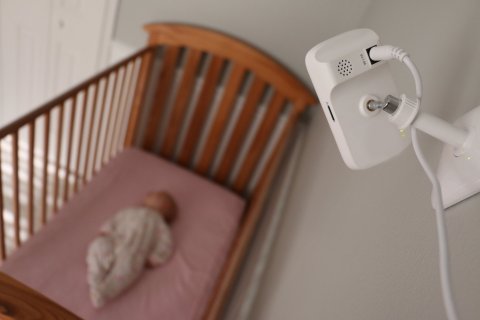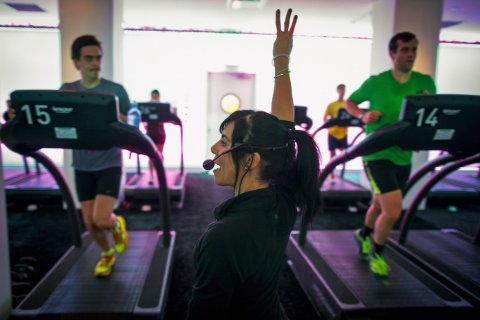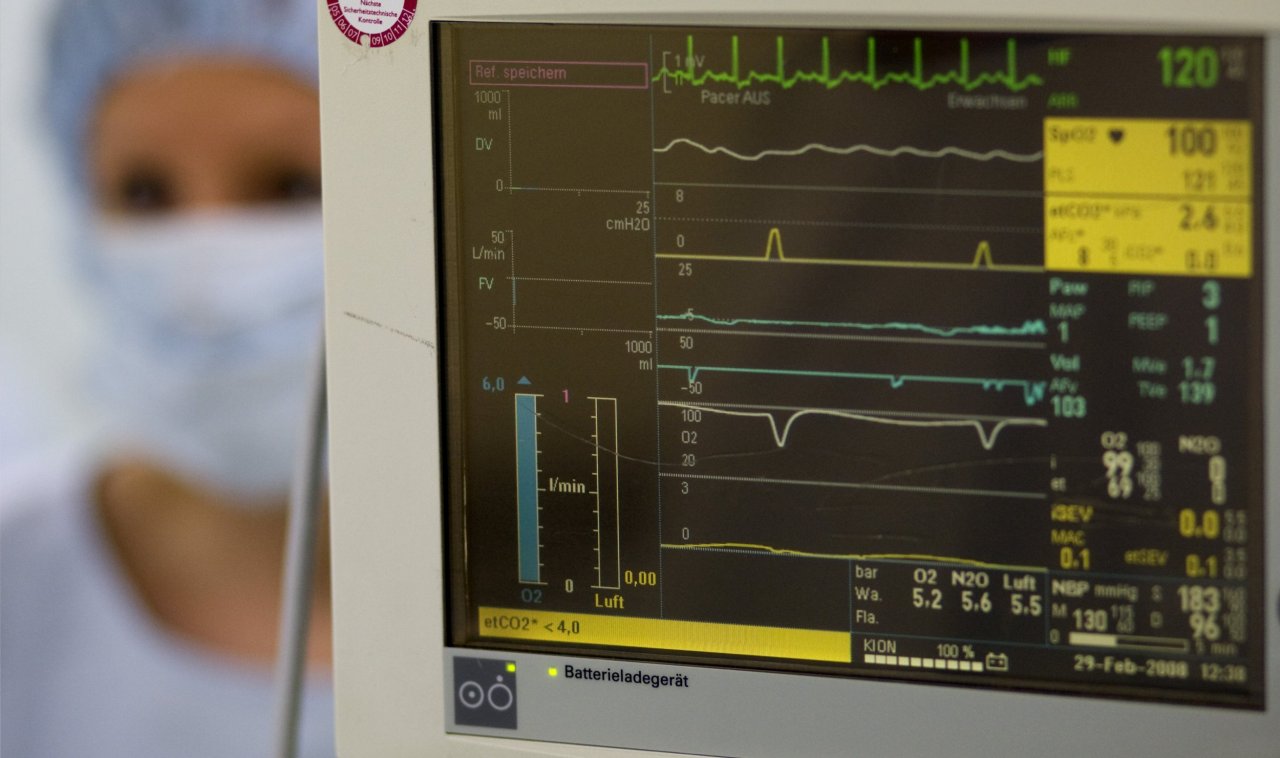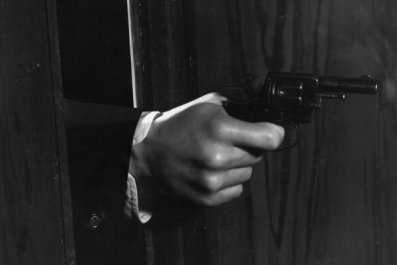The beating of our heart can be seen in our faces. It's not visible to the human eye, but a new device captures the hidden phenomenon, offering a potentially powerful way to measure a heartbeat without even touching the body.
As blood pumps through our veins, it subtly changes the color of our skin. That change, however, is so minute that we can't see it with the naked eye.
"We don't notice slight changes in color," Nate Ruben, alumnus of electrical engineering at Utah State University and co-founder of a start-up company called Photorithm Inc., told Newsweek. "We're very good at measuring depth and contrasting things [with our eyes] because that's what we're designed to do." A world of tiny shifts happening all the time is beyond our visual grasp.
Several years ago, Ruben began wondering if finding a way to see those tiny shifts triggered by the heartbeat could create a new way to measure this vital sign. He and Jake Gunther, head of USU's electrical engineering department, patented a technology combining a simple video camera with specialized software. The data from the camera and the newly patented software read the colors of light that reflect off our skin.

The camera itself is nothing spectacular. "It uses just a typical camera," Ruben said. "Nothing really special about it."
But accompanying the ordinary camera is specialized software that 'reads' faces. To understand how the new software works, it helps to look at another blood-monitoring device that also uses light. A pulse oximeter measures the amount of oxygen in our blood and often the pulse as well by shining a light onto the finger. By comparing the amount of red light versus infrared light absorbed by the blood, the device determines how much oxygenated versus deoxygenated blood, respectively, is circulating.
Photorithm's device works by a similar principle, but by reading the light reflected off of your skin, rather than the light that's absorbed. Blood comes closer or further to the surface of the skin as it pumps through our bodies; sometimes it's further from the surface, sometimes nearer. And hemoglobin, a protein inside red blood cells, absorbs green light.
Cameras pick up varying levels of red, green and blue. The absorption of green light by hemoglobin means that less of this color is reflected out through blood vessels when the blood is closer to the surface. When blood is nearer to the surface, the cameras will pick up less green light; when blood is further, more green light will be detected. By tracking the variations in green emanating from the face—a color far too faint for us to see—the device determines the heartbeat.
The idea for a visual way to measure the heartbeat originated after Ruben and his wife had their first child, who was born one month premature and tethered to monitoring devices for days. Because their newborn was at a high risk of sudden infant death syndrome (SIDS) once he was brought home, Ruben's wife would wake up five or six times a night to check the baby's vitals; they believe those sleepless nights triggered her postpartum depression.
The solution, Ruben thought, would be to improve baby monitoring devices. So while he was Gunther's student at USU, the two developed the technology and started Photorithm. Equipped with infrared lighting, the technology can work in a dark room.
Ruben and Gunther aren't stopping at visual heart rate monitors. A second device, called Smartbeat, which monitors babies' breathing, is also in the works. That technology works by measuring subtle movement. A baby monitor that can check for breathing more readily than current baby monitors would help to monitor for sleep apnea and SIDS.
The usefulness of the heart rate device as a baby monitor is limited by its need for exposed skin. The device functions better when more skin is visible. Often, a baby's skin is covered up, especially while sleeping. "Adults are a lot easier," Ruben said.

But the heartbeat visualizer has practical applications for grown-ups, too. It could be used on exercise machines like treadmills, to monitor burn victims without having to touch them or to keep track of the heart rate of a patient who is uncooperative. The technology could also be used by the Department of Homeland Security or other such agencies, "if you want to get heart rate in addition to all the other things you're trying to pick up from people."
Jokingly, he added, "I always thought it'd be kind of cool if you could watch a game show and see what everyone's heart rate is while they're playing their game." But, he emphasized, "there's a little bit of a privacy concern there."
Ruben is most focused on using the innovation to improve healthcare, particularly for infants. "Checking somebody's vitals from a distance is not something we're used to talking about," said Ruben. But he thinks it's a direction healthcare will take. "There's a lot more contactless ways for measuring thing on the body so that you're not constantly sticking stuff all over you."
















